Ascoli Piceno. The Church of S.S. Vincenzo e Anastasio
2023
The Church of Santi Vincenzo e Anastasio is a Catholic place of worship in the city of Ascoli Piceno. Its main façade overlooks one side of Piazza Ventidio Basso.
You may also like
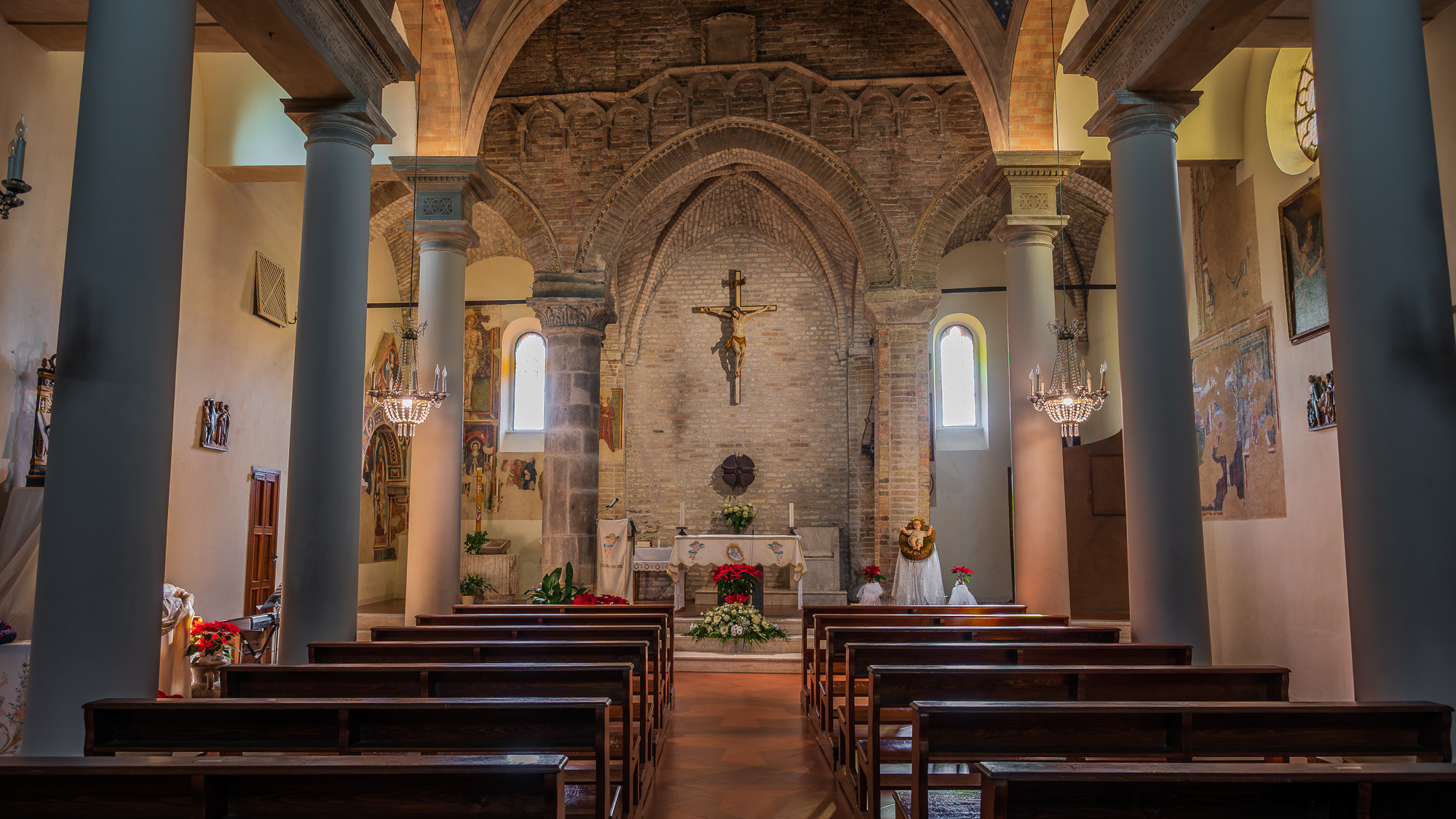
2024
Torre di Palme. Church of Santa Maria a Mare
Probably built in the 12th century, original frescoes from the 15th century are still clearly visible inside, while the vault was frescoed in the early 1900s.
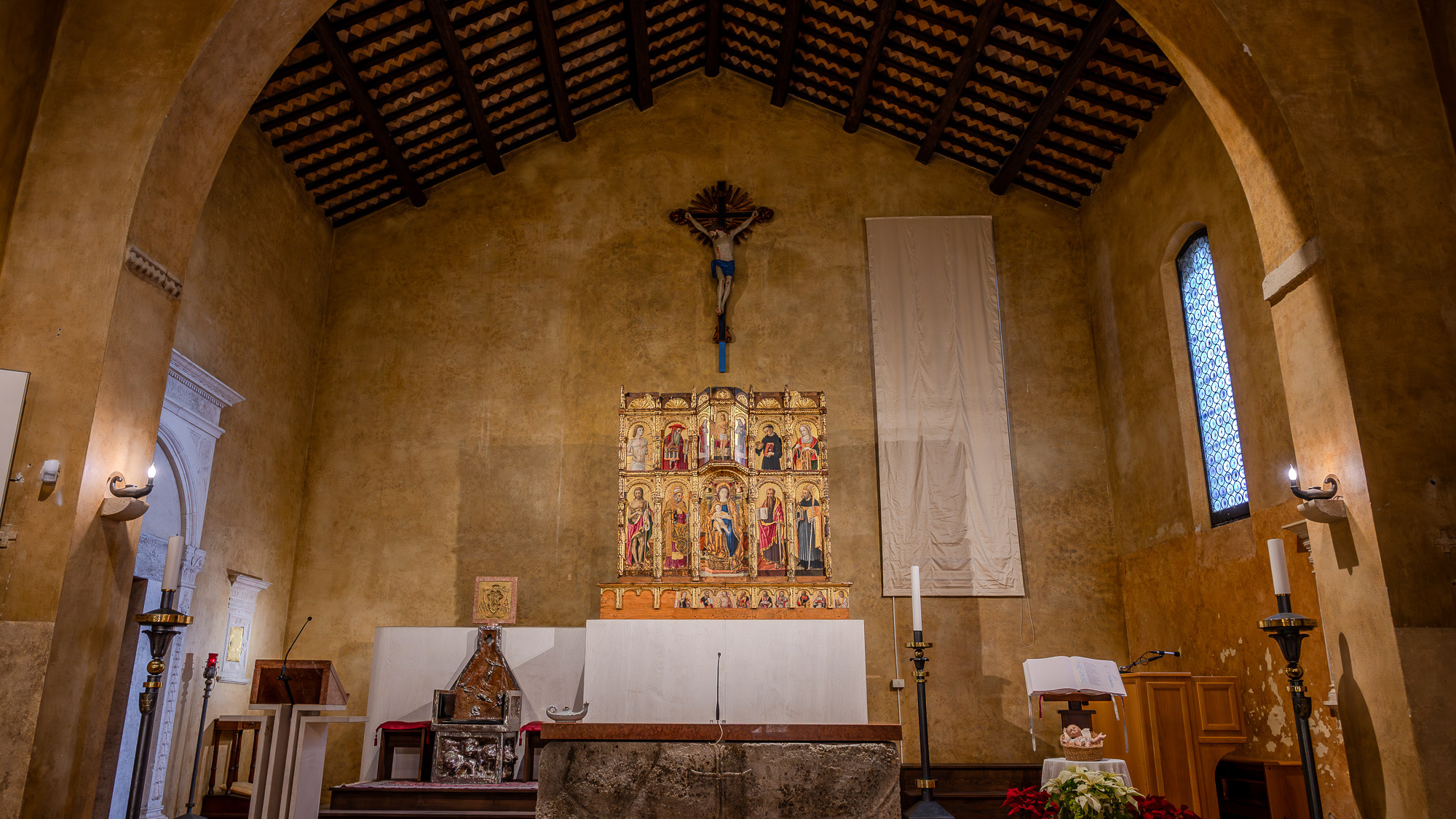
2024
Torre di Palme. Church of Sant'Agostino
Church of Sant'Agostino. the Polyptych by Vittore Crivelli. The building is entirely made of brick and has two entrances. The interior has a single room, covered by wooden trusses.
2022
Marche. Wonderful view of the Marche hills
The Marche, a region of eastern Italy, rises between the Apennine mountains and the Adriatic Sea.
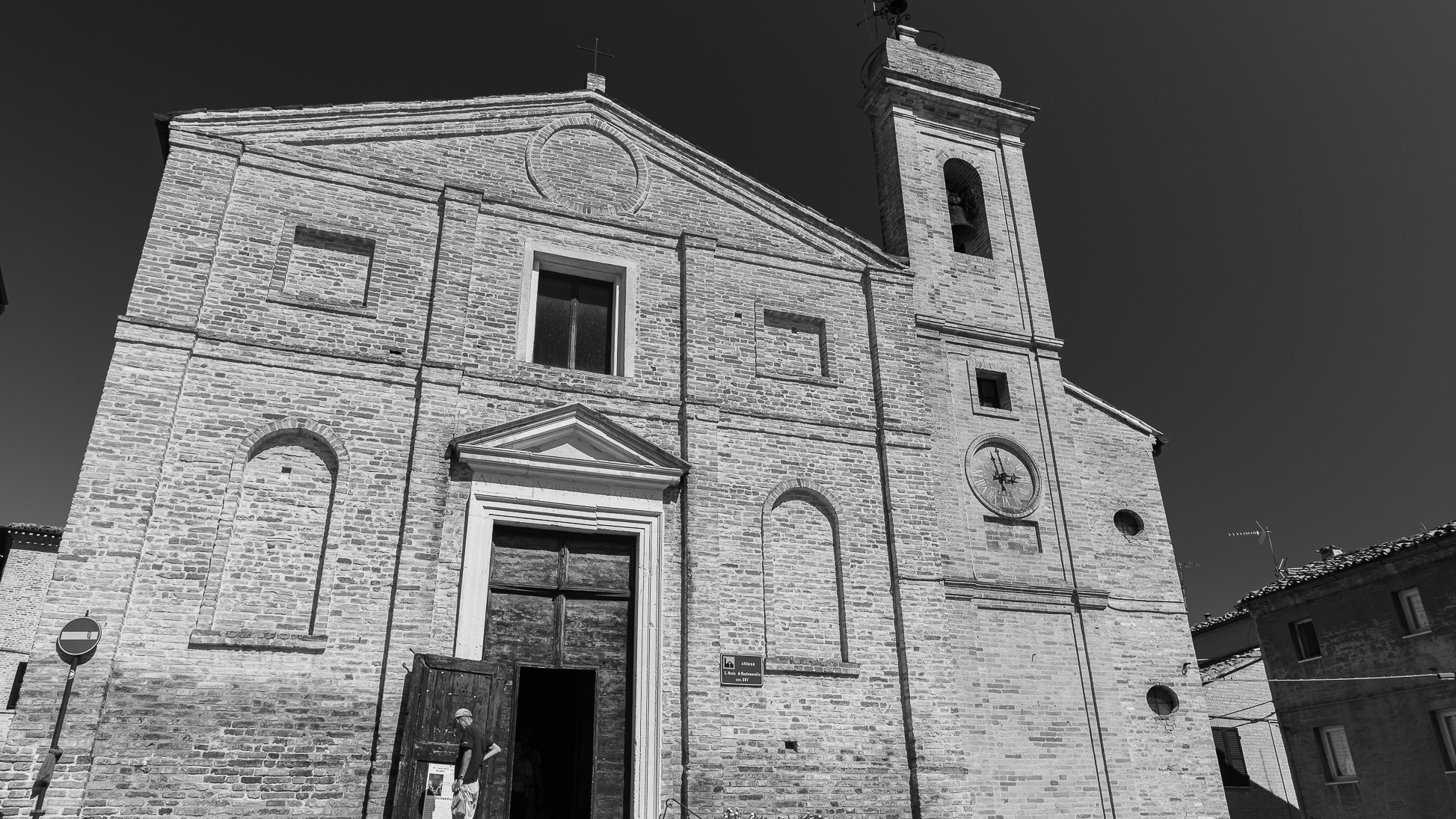
2022
Recanati. The church of Santa Maria di Montemorello
The church of Santa Maria di Montemorello is located in Recanati. The church has a certain notoriety for being the parish of the Leopardi family, where the poet Giacomo Leopardi also went to pray.
2025
Montedinove. Glimpses bn
Montedinove is an Italian municipality with 442 inhabitants in the province of Ascoli Piceno in the Marche region. The town sits on a hill 561 meters above sea level between the Aso and Tesino valleys, on the slopes of Mount Ascensione. It is part of the Sibillini mountain community. The town, inhabited since the Picene era, welcomed the people of Ascoli seeking refuge from the Lombards in 578. Later, the territory was donated in 1039 by Longinus to the Abbey of Farfa, and it was the people of Farfa who built the fortifications to defend the town. In 1239, the town was besieged by King Enzo but managed to emerge victorious after two years. In 1279, the town became a free municipality, while in 1586, under Pope Sixtus V, it became part of the Presidiato di Montalto. In the following centuries Montedinove followed the fate of the Papal States and Italy.
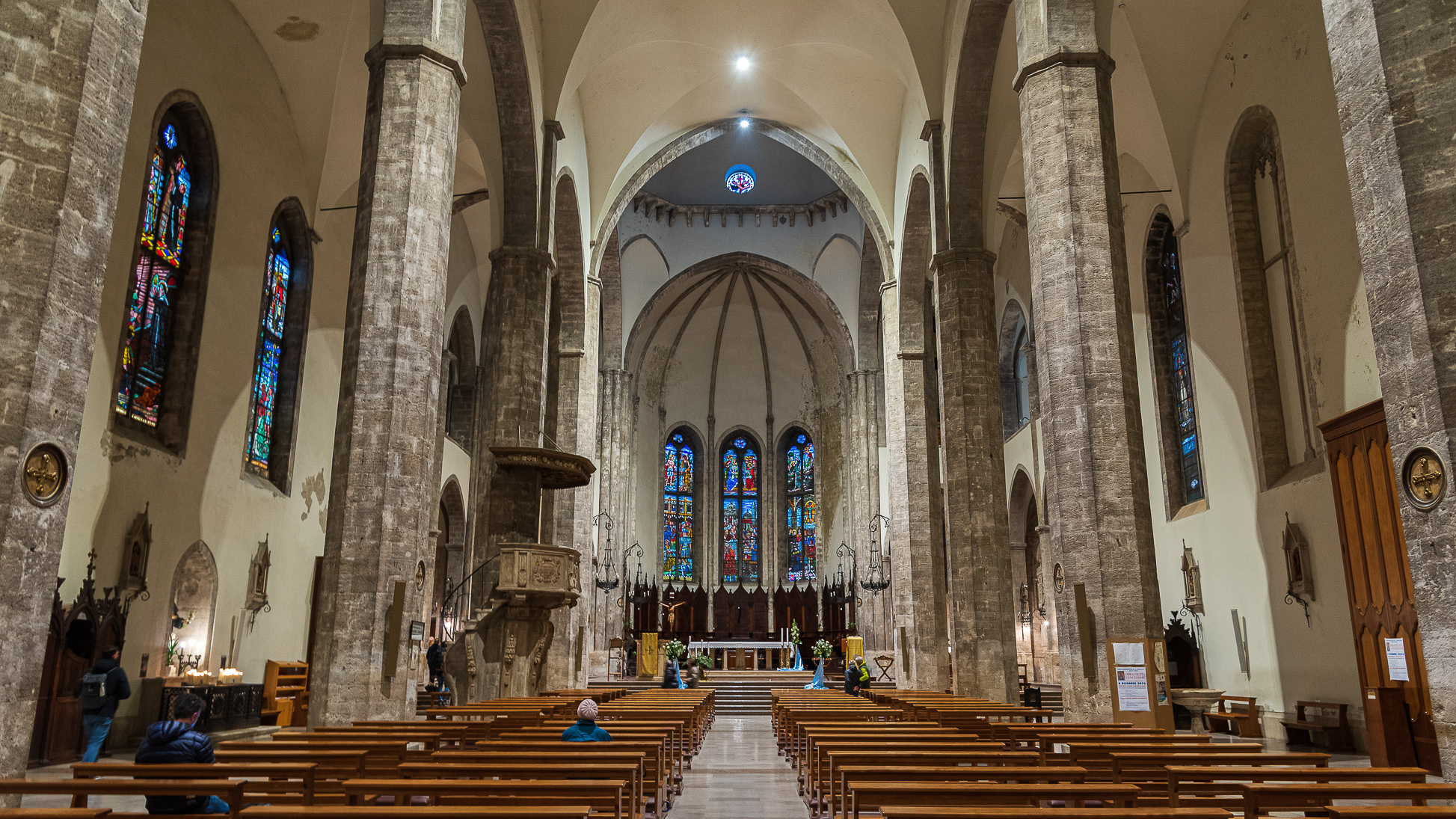
2023
Ascoli Piceno. The Church of San Francesco
The church of San Francesco in Ascoli Piceno is considered one of the best Italian works of Franciscan architecture, as well as the most representative Franciscan religious building in the Marche region.
2022
Ascoli Piceno, Marche. The Cathedral of San Emidio
The city's cathedral, dedicated to the patron saint, stands on the site of a Roman public building, perhaps the Basilica del Foro, and is the result of multiple construction events that substantially range from the 11th to the 16th century.

2025
Offida. Collegiate Church of S. Maria Assunta
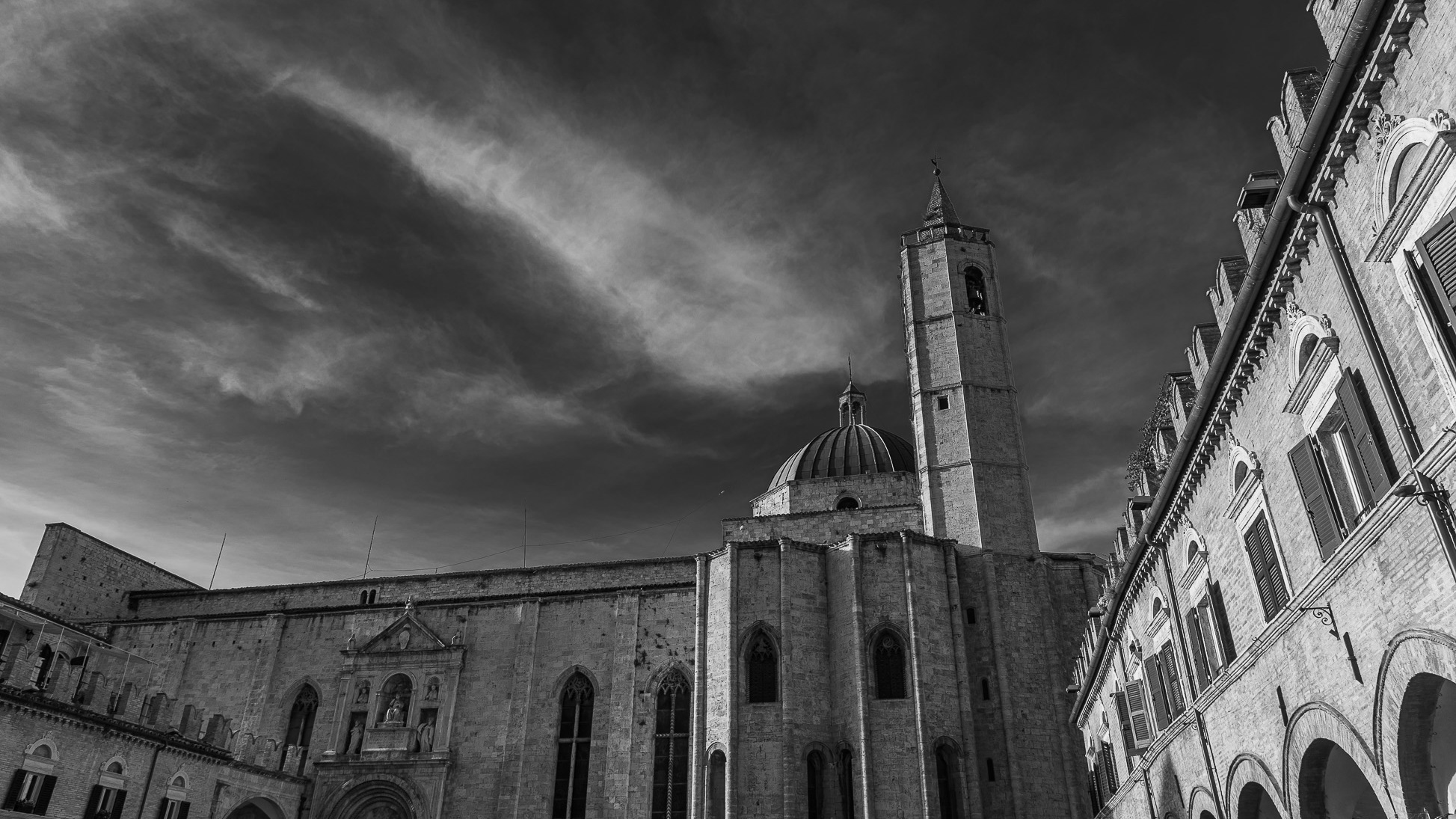
2022
Ascoli Piceno. The Church of San Francesco
This church is considered one of the best Italian works of Franciscan architecture, as well as the most representative Franciscan religious building in the Marche region. It was begun with the adjoining convent in 1258, consecrated in 1371 and completed with the dome in the 16th century. On the main facade, in Via del Trivio, there are three Gothic portals, while the right side acts as a scenic backdrop to the Piazza del Popolo and is characterized by the dynamic fifteenth-century apses, the fourteenth-century side portal surmounted by the monument to Julius II of 1510 and ends with an apsidal group of rare architectural model.
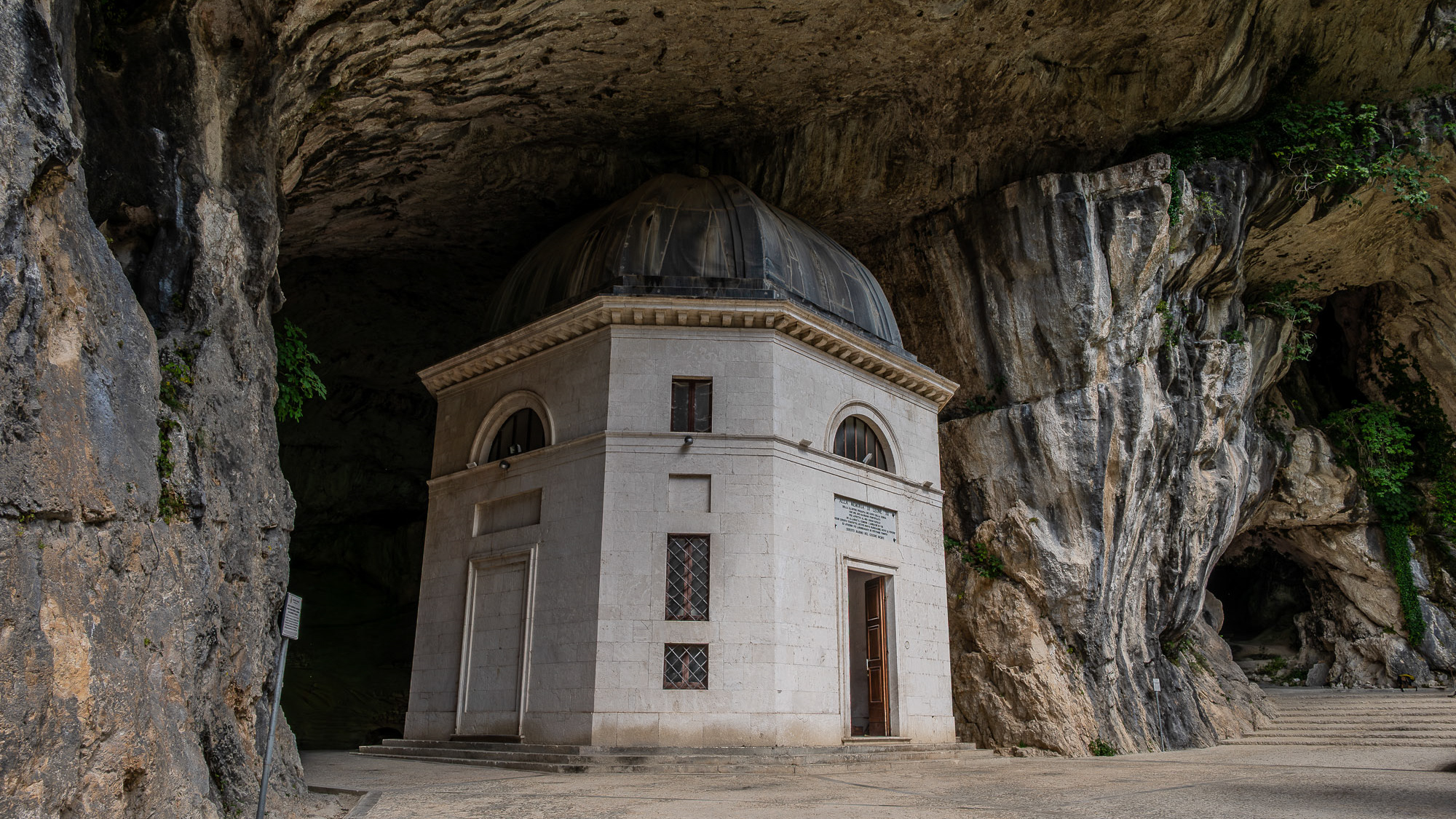
2025
Genga. The Valadier Temple
The Valadier Temple was built in 1828 next to an enormous cave at the behest of Pope Leo XII, designed by the architect Giuseppe Valadier.
